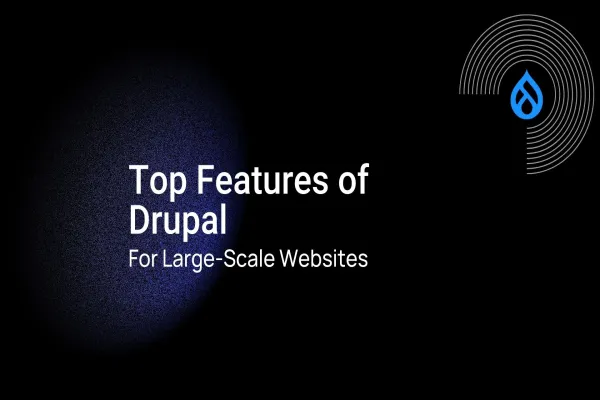Drupal is a flexible content management system that allows you to create and manage various content types. One of the powerful features of Drupal is entity reference, which allows you to create relationships between different types of content on your website. Entity reference can be useful for data management, organization, and enhancing user experience.
In this article, we will explore how to use entity reference in Drupal with a practical coding example.
Understanding Entities in Drupal
Entities are self-contained data units with unique identifiers in Drupal. Examples of entities include nodes, users, and taxonomy terms. Entities help Drupal manage content in a structured way, and you can define entities and their properties to create custom content types that meet your needs.
What is Entity Reference?
Entity reference is a Drupal module that allows you to create relationships between different types of entities on your website. With entity reference, you can link one entity to another, even if they are different types of entities. For instance, you can link an article to an author or a product to a category.
Using Entity Reference in Drupal
Here is a step-by-step guide on how to use entity reference in Drupal:
Install the Entity Reference module: First, install the Entity Reference module from the Drupal module repository or using Composer. You can install the module using Composer with the following command:
composer require drupal/entity_reference- Create your content types: Next, create the content types you want to link together. For this example, we will create two content types, "Event" and "Speaker". To create the content types, navigate to the Content Types page in Drupal's administrative interface and select "Add content type."
- Add a reference field: After creating the content types, add a reference field to one of them. For instance, add a "Speaker" reference field to the "Event" content type. To do so, navigate to the "Manage fields" page of the "Event" content type and click "Add field". Choose "Entity reference" as the field type, and set the "Target type" to "Speaker".
- Configure the reference field: Configure the reference field by selecting how many values are allowed, whether the field is required, and other settings. For example, you can limit the reference field to one speaker or allow multiple speakers to be referenced.
- Link your content: Finally, link the content types together. When creating a new "Event" entity, select the speaker(s) who will be presenting at that event. Once you have saved the entity, the speaker(s) will be linked to the event.
Here is an example code snippet showing how to create an entity reference field in Drupal programmatically:
There are several benefits of using entity reference in Drupal:
- Better Data Management: Entity reference allows you to establish relationships between different types of content, which can help you better organize and manage your data.
- Enhanced User Experience: With entity reference, you can create dynamic pages that show related content to users. For example, if a user is viewing an article, you can display other articles by the same author.
- Increased Flexibility: Entity reference allows you to create custom content types that meet your specific needs. You can define your own entities and their properties to suit your requirements.
Conclusion
Drupal entity reference is a powerful tool that allows you to link different types of content together. By establishing relationships between entities, you can create a more structured and organized website that offers a better user experience. Hopefully, this article has given you a better understanding of how entity reference works in Drupal and how you can use it to enhance your data management capabilities.





